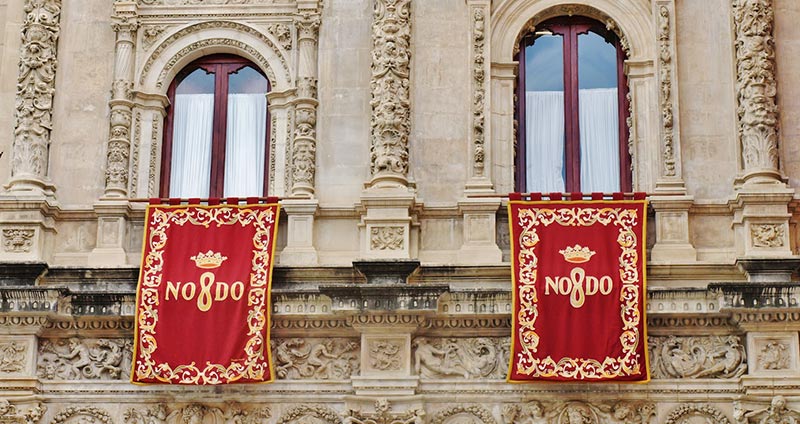Adolescence
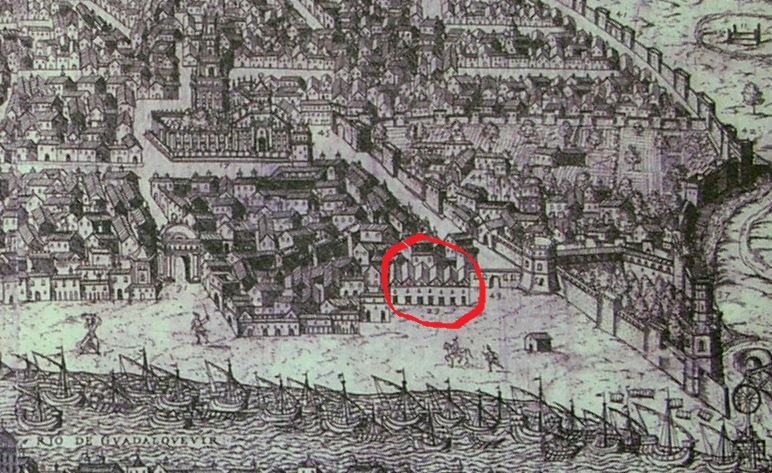
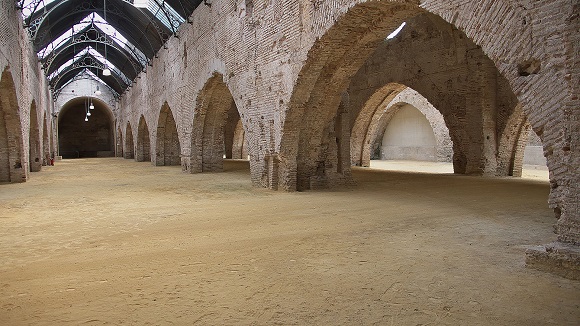
Alfonso was a polymath and cosmopolitan. He embraced both Muslim and Jewish influence at his court. The sense of cultural interaction was reflected in the remodelling of the Alcazar in a Mudejar style, a clear manifestation of the demographic and cultural continuity of Seville and especially of the artisan class. In the same time the king facilitates the construction of a series of monasteries planned by his father like the Monasterio de San Clemente, the Convent of San Pablo el Real, Santa Clara and San Agustin.
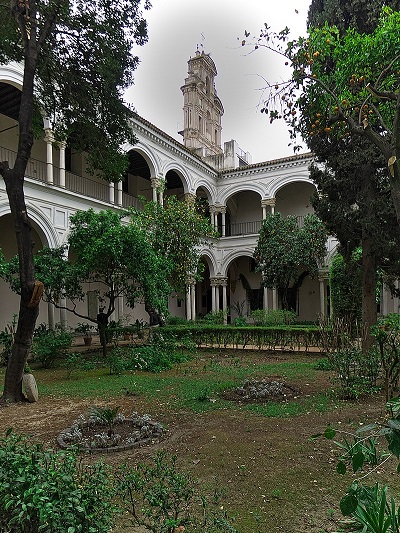

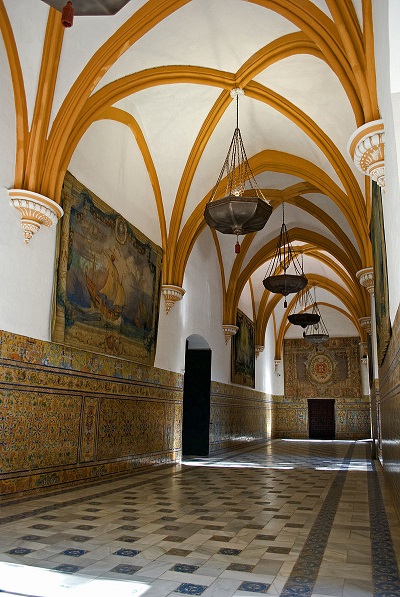
Alfonso X was deeply loved by his people in Seville who nicknamed him el Sabio the wise. When his eldest son died before the Battle of Écija in the Emirate of Granada in 1275, Alfonso’s second son, Sancho IV claimed the right to inherit the throne but the king favored his grandsons. That led Sancho to an open revolt. In the civil war that followed Seville was one of the three cities that stayed loyal to Alfonso who found refuge in Seville.
Sancho decided not to attack the city and leave his father be, secluded and surrounded by his followers there. Shortly before his death in 1284 and in gratitude to the city of Seville, Alfonso X gave the city its emblem, one that follows Seville to this day, a phonetic expression of No me ha dejado «has not abandoned me», in which the wool skein (Madeja) complete the hieroglyph, No-Madeja-Do (No me ha dejado).

